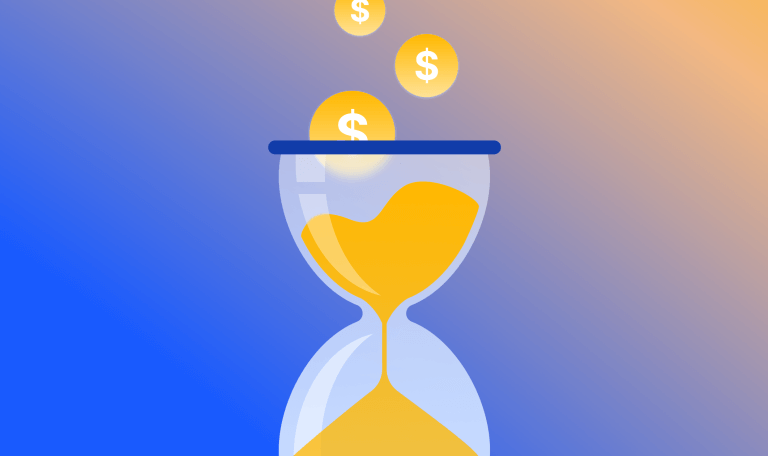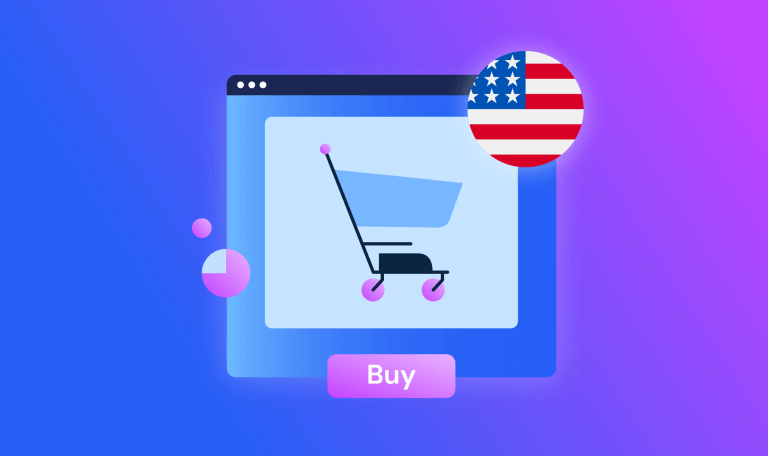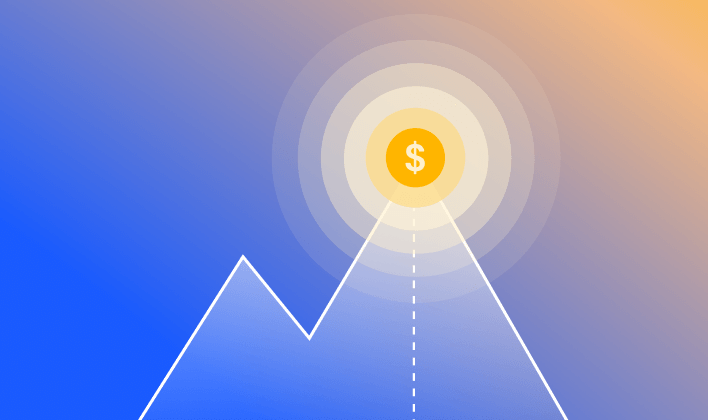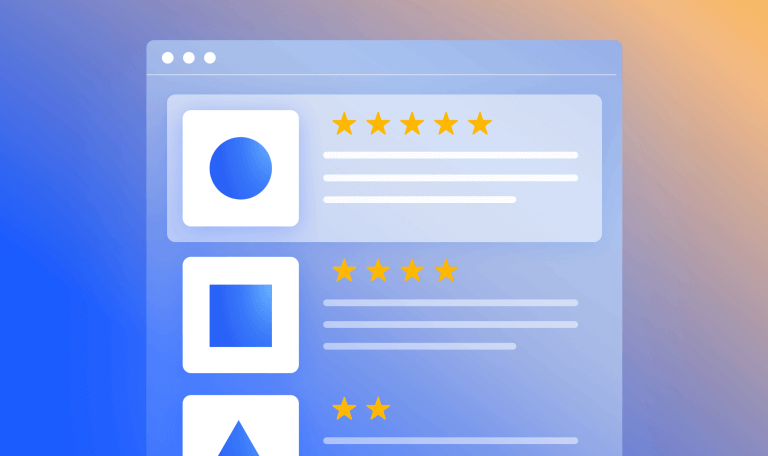 Sales Intelligence
Sales Intelligence
3 Tips to Optimize Each Stage of the Sales Funnel

Want to help your sales team become more effective and focused throughout the sales process? Here are tips to help you push prospects through each stage of the sales funnel.
The first stage of the sales funnel is all about awareness and discovery. Your prospects are encountering your brand and product for the very first time and first impressions are critical.
In this stage, you should be finding out who are your ideal clients, creating content for them, and studying their working habits.
The second stage of the sales funnel is commonly defined by the need to attract your prospects’ interest and engagement.
If the top of the funnel is about making an initial impression on your prospects, the next phase is getting to know your prospects in-depth, highlighting what you have to offer, and choosing the best time to reach out.
The third stage of the sales funnel is about decision and purchase.
It’s crunch time and you’ll need to help them make a decision. Show them how you can create added value throughout your partnership, and find creative ways to help them reach their goals using your product.
Read more about the sales funnel here.
Tips for Top of the Sales Funnel: Awareness & Discovery
Tip 1: Find Your Ideal Client
Before creating any resource, you need to have an audience in mind. The idea is to make a list of your best clients and highlight their commonalities.
Think of those customers that are happiest and most engaged with your product and label them as your Ideal Clients.
Next, try to think about what they have in common – whether it is their use cases, industry, or another significant factor.
You’ll find that as your product grows and evolves, so too will your Ideal Prospect.
The core idea of an ideal prospect is that it enables you to remain focused on what is working, and channel your efforts to replicate your successes.
Which ties into our next tip…
Tip 2: Create Content for Them
Once you’ve narrowed down your list of Ideal Clients and Prospects, you want to create content that speaks directly to them.
If, for example, you realize that the common denominator for your Ideal Clients is their industry you should create relevant content for that industry that will help your Ideal Prospects understand why you are the best partner for them.
3 ways you could do this would be:
- Finding prevalent industry-related keywords to drive traffic
- Creating use cases that speak to companies within the industry
- Building a content strategy around ‘hot topics’
This is crucial to the first stage of the sales funnel because it creates awareness and educates these prospective partners.
Tip 3: Study Their Habits
Think of your Ideal Prospects as you’d think of dating.
You want to “meet” them with your content where they naturally spend their time and would be most receptive. Maybe you notice they love networking and reading up on LinkedIn, then you need to make that platform the center of your marketing strategy.
If you notice that actually they tend to gather more at trade shows or conferences, then this is where you should be focusing your efforts.
In understanding your Ideal Prospect’s behavior you’ll be more effective in getting your message to them.
Tips for the Middle of the Sales Funnel: Interest & Engagement
Tip 1: Know Your Prospects
Data can be used to frame your outreach better, and crystallize the reason why they should be investing in your product.
Let’s say you are selling a solution to increase website engagement rates.
A great way to create meaningful engagement with a prospect would be to show them how they compare with their competitor’s website engagement metrics.
But you must study them before you can provide this kind of insight.
What to look up before reaching out to a prospect.
Tip 2: Mind Your Timing
There are certain events in your prospect’s “life” that can tell you when is a good time to reach out.
We call these sales signals and they can alert you when your prospect is more likely to be ready for your product.
It can be new rounds of funding for startups, new management, or even a competitor going bankrupt.
Lean on these sales signals to identify the best time to reach out to your prospects.
This will make them more inclined to be open and receptive to what you have to offer.
Tip 3: Shadow Them
Did your prospect visit your pricing page, or read reviews of your product on platforms such as G2?
This means they are definitely taking your product into careful consideration, and are doing research that could potentially lead to a purchase.
This opens up the stage for you to speak to them about pricing, client experiences, and even connect them to a happy client that would be willing to sing your praises.
Seeing what your prospects are learning from you can cue your sales rep to bring up the right conversations.
Tips for the Bottom of the Sales Funnel: Decision & Purchase
Tip 1: Personalize
Sometimes, all your prospects need in order to decide whether you’ll be a good fit for them, is to understand how you will empower them.
This pretty much boils down to creating a personalized pitch tailored to show them specifically how you can be a great addition to their set of tools.
This might mean creating content that speaks to their industry, or showing them how their competitors are using your product, and how much they’re gaining from it.
The more specific to them you get, the higher the chance they’ll consider making a purchase with you.
Tip 2: Go From Sales Rep To Trusted Advisor
Position yourself as a partner who will benefit from their success, and then show them what else (other than your product) they can expect to receive by picking you as a vendor.
This can come in the form of consultancy, finding new business opportunities for them to capitalize on, being a great source of knowledge on their industry, or providing top-notch customer care.
This will give you an edge over your competitors, who might have similar products, but not be as invested in the success of their clients as you are.
Tip 3: Be Creative
Remember that this is likely the most competitive stage. You need to find creative ways to present your pricing, value, offer, and how you’ll implement your product for them.
The more creative you can be in solving their problems, the easier it will be to differentiate yourself from the competition.
Remember, implementing these tips can be quite a long journey that will require iterating often, and adapting it to your specific situation.
Make sure to include your entire sales and marketing organizations when putting them into action. In order to be successful and successfully optimize your end-to-end sale process.
Boost your consultative selling impact
Try Similarweb Sales Intelligence today — free of charge
